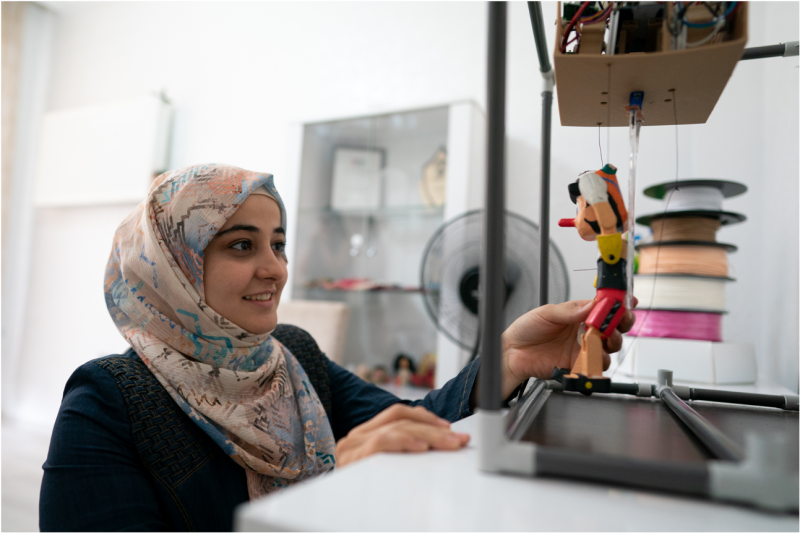Fragility and Resilience
IsDB has traditionally attached great importance to assisting member countries (MCs) in addressing fragility and conflict and building resilience – a commitment that has been renewed through formulating a coherent and strategic policy to address the challenges of fragility, conflict and the approach to strengthening resilience capacities.
Overview
At the Islamic Development Bank, we believe that fragility and violent conflict are critical development impediments facing the majority of IsDB member countries. Sixty percent of conflicts across the world take place in the Organization of Islamic Cooperation (OIC) member countries, which are also prone to multi-dimensional fragility, with grave human costs in terms of displacement internally and cross borders. Several IsDB member countries (MCs) face a range of challenges including weak institutions, low governance capacity, socio-economic disruptions, insecurity, and forced displacement. In 2019, there were around 79 million people forcibly displaced in the world whereas eight of the top twelve refugee-hosting countries in the world are MCs.
Three key considerations:
- The OECD State of Fragility Report identifies 58 countries experiencing a fragile situation, out of which 29 are IsDB -MCs.
- Middle-income countries are increasingly affected by pockets of fragility, sub-national fragility or violent conflicts caused by governance issues which all negatively impedes inclusive socio-economic development.
- COVID-19 adds additional challenges to MCs experiencing fragility, protracted conflict, forced displacement and recurrent natural disasters; these MCs face aggravated challenges of limited access to basic health service, increasing economic vulnerabilities, loss of livelihoods and jobs, food insecurity, competition over resources, marginalization, and political instability which could exacerbate fragile systems any ongoing conflict


